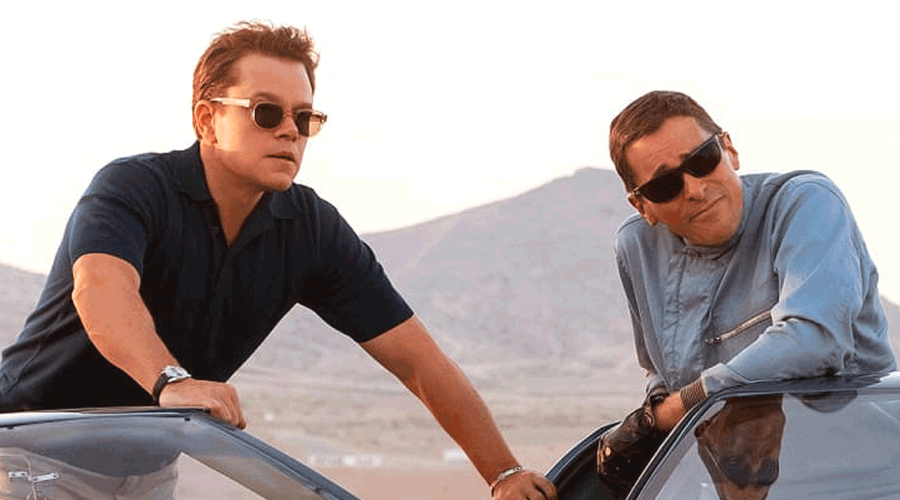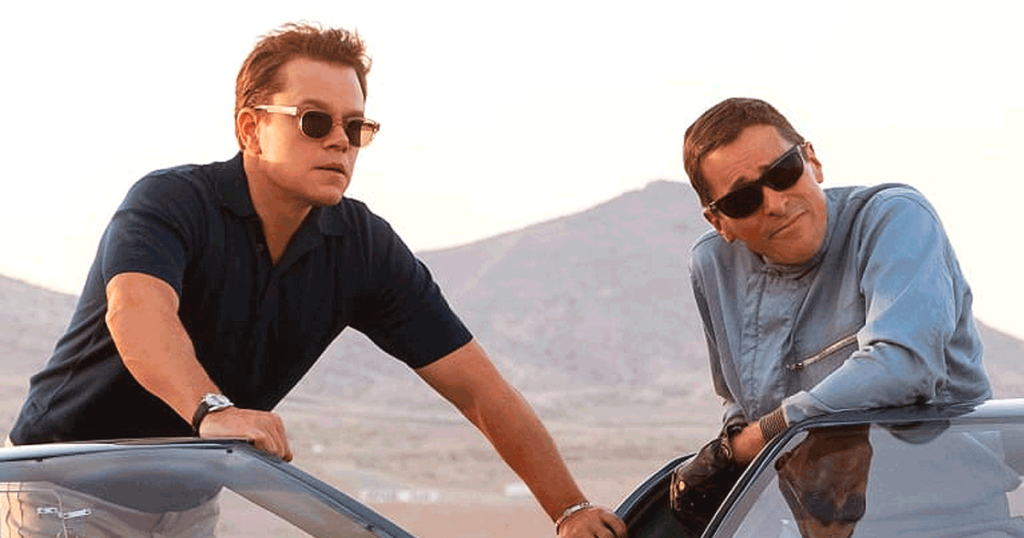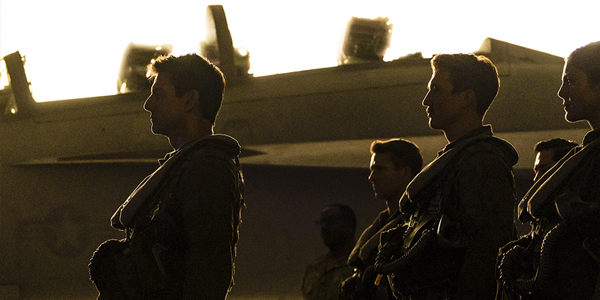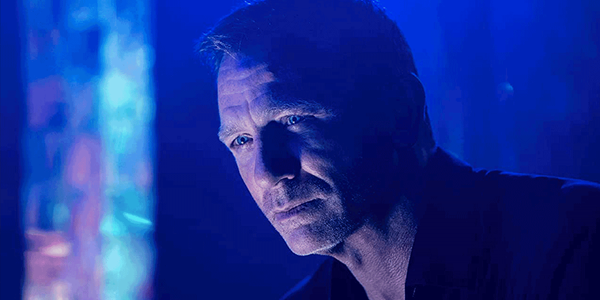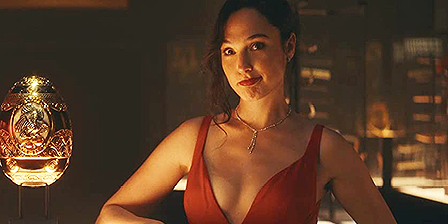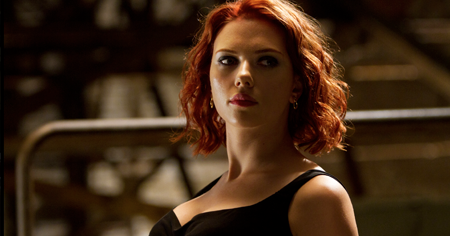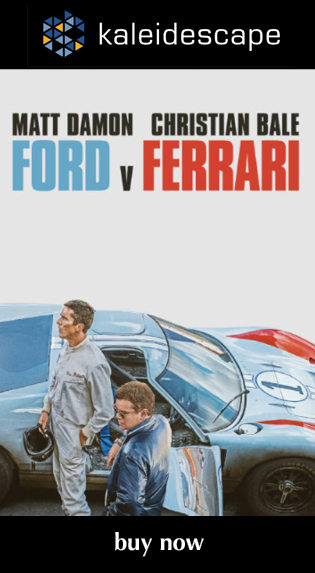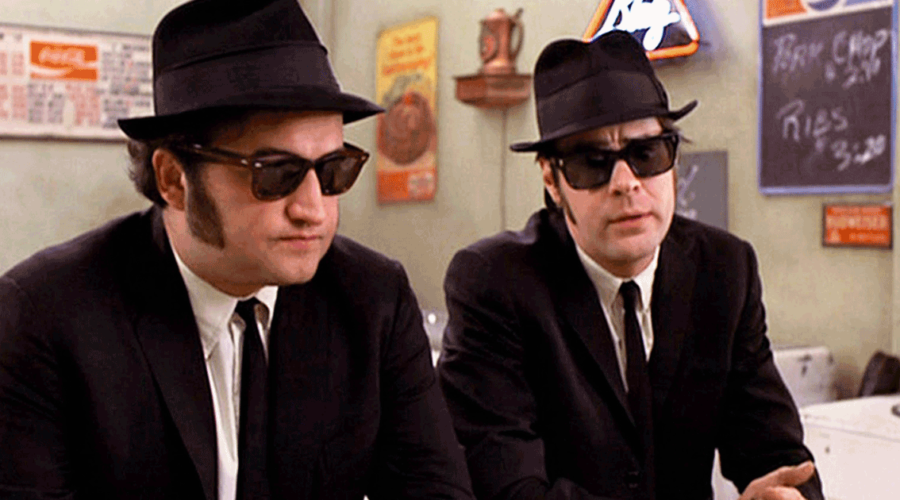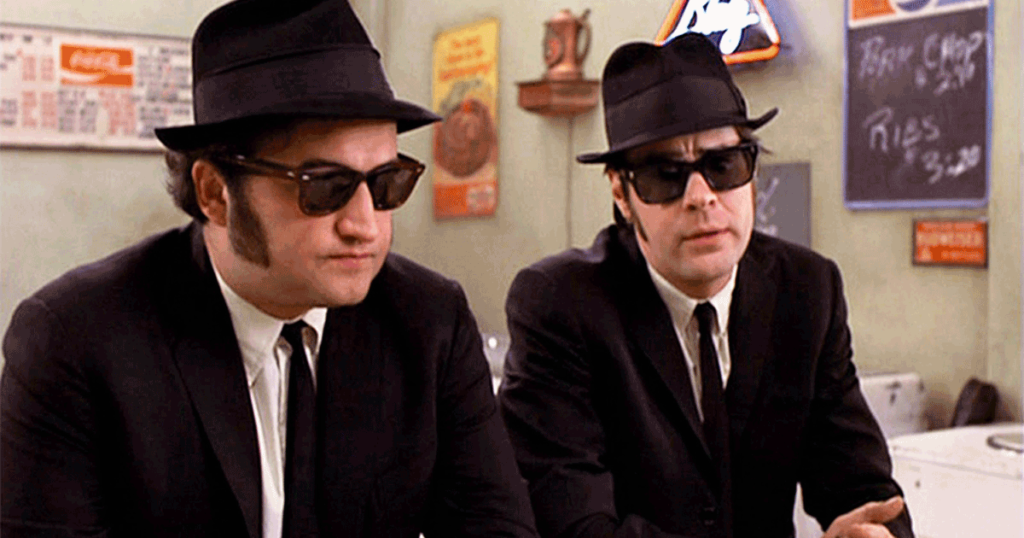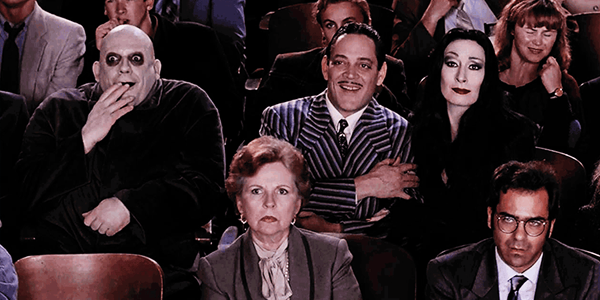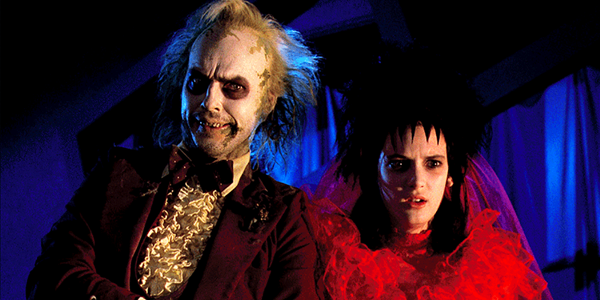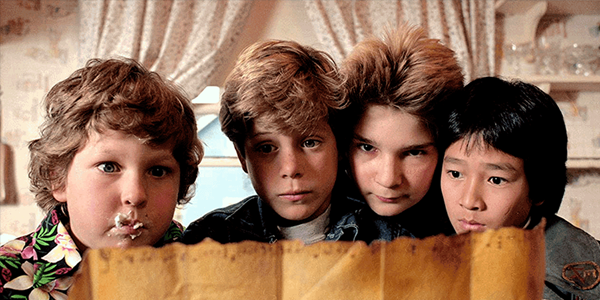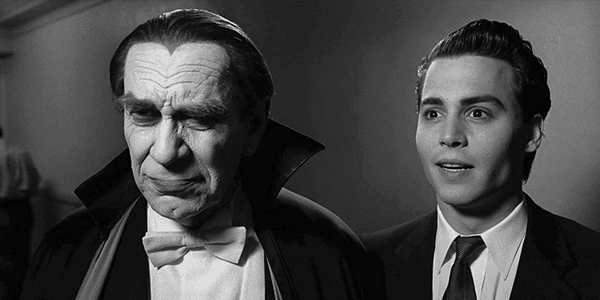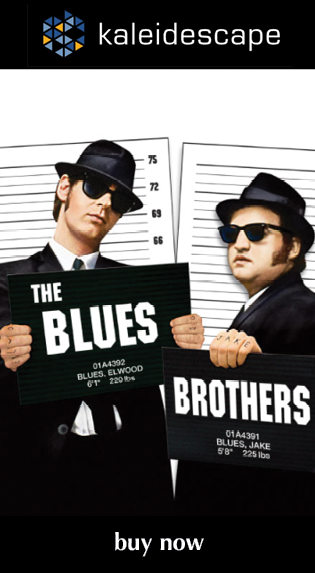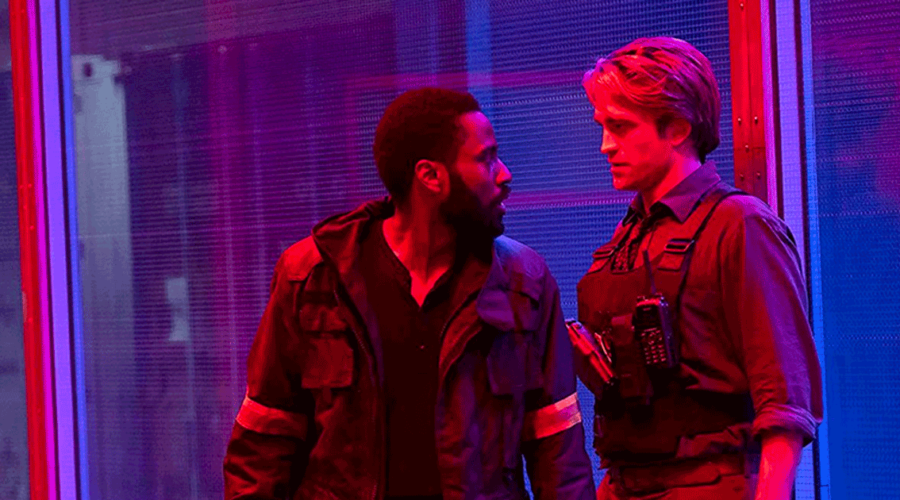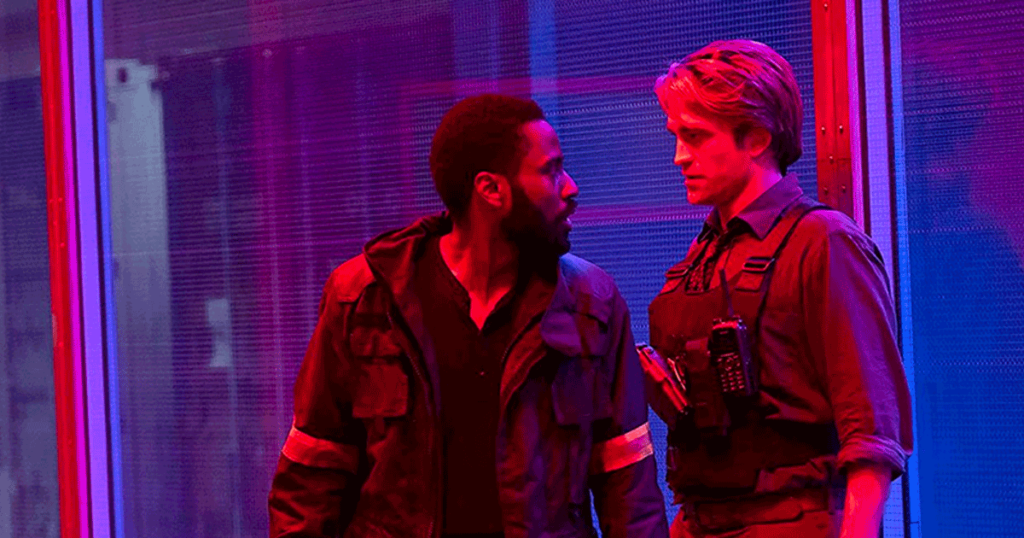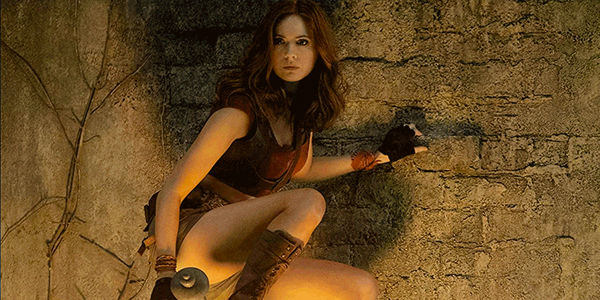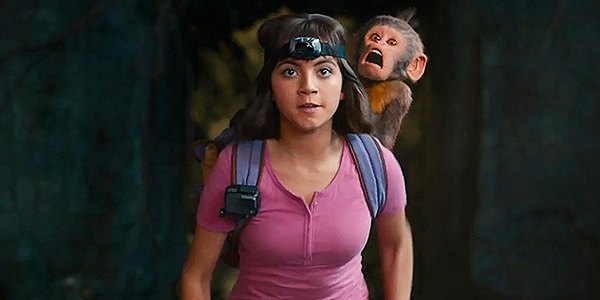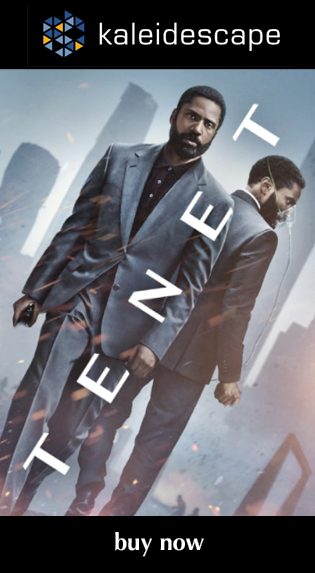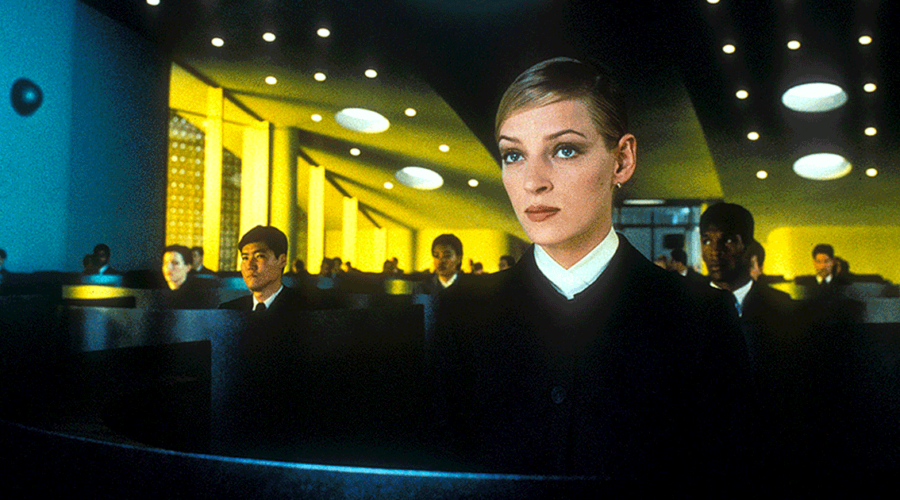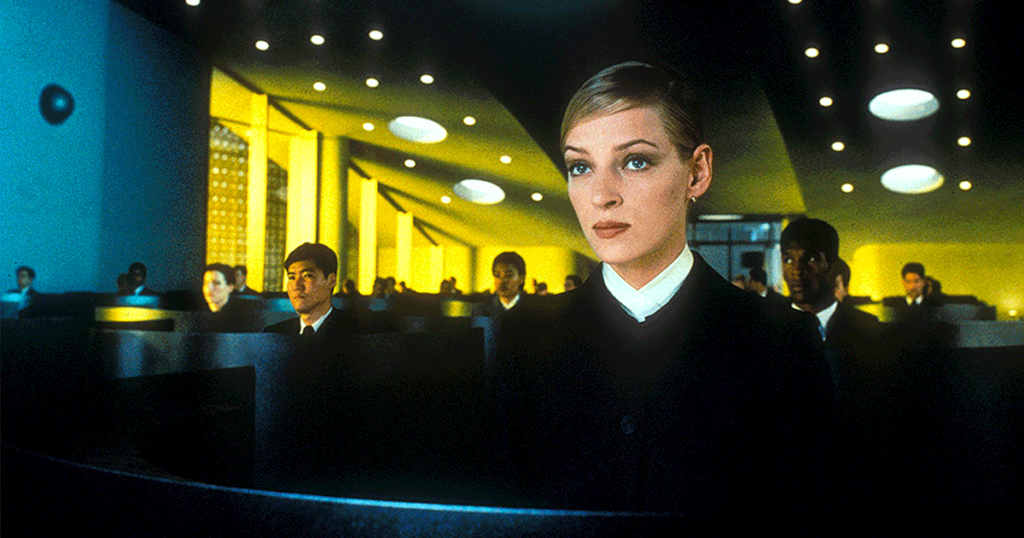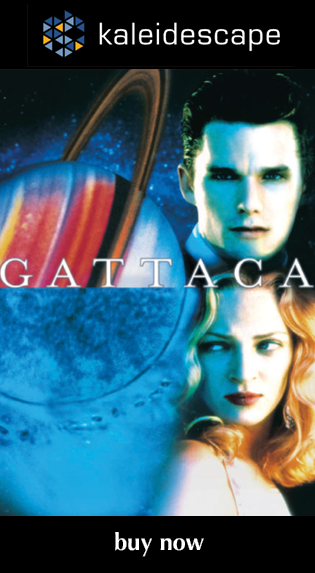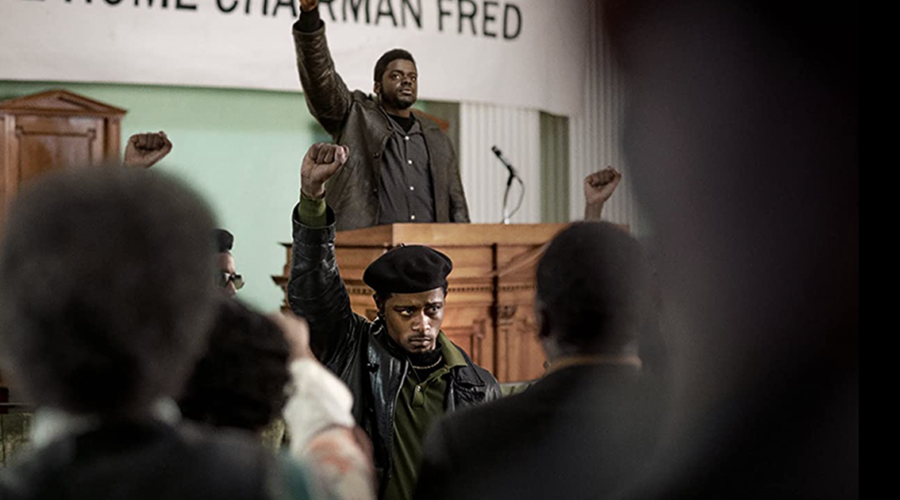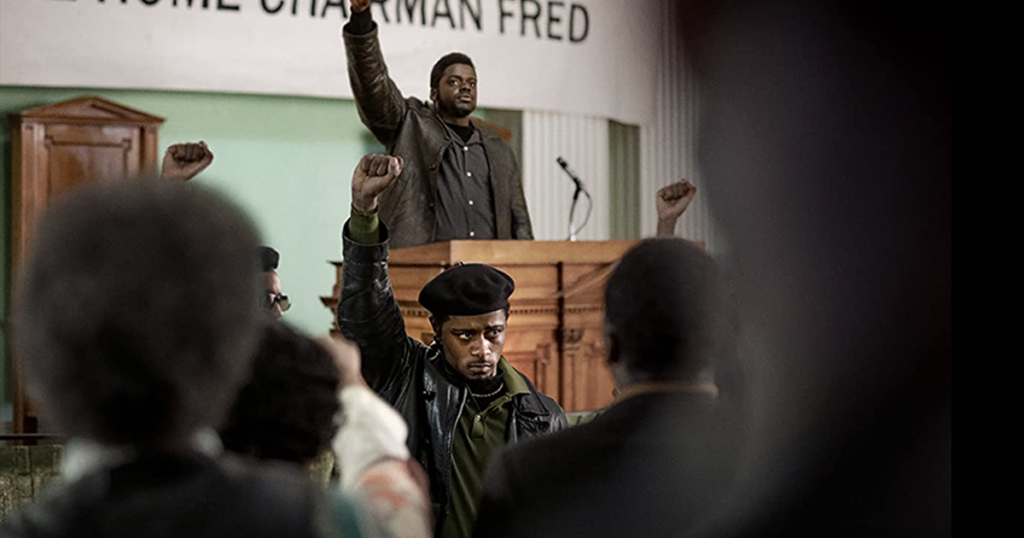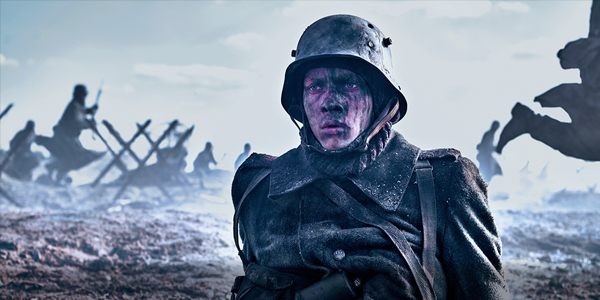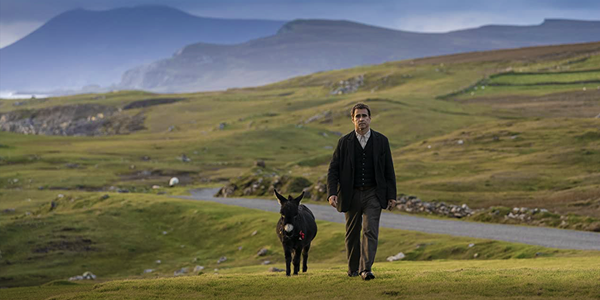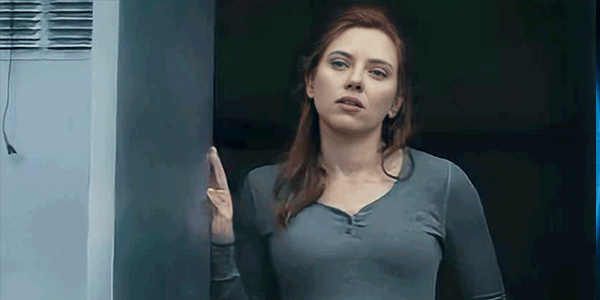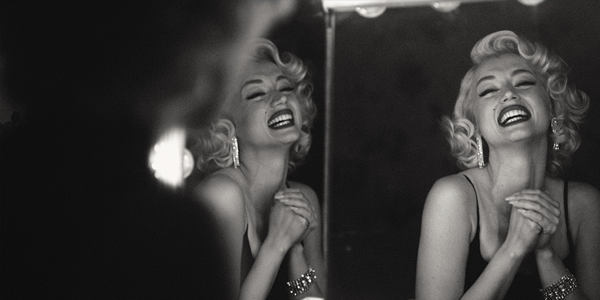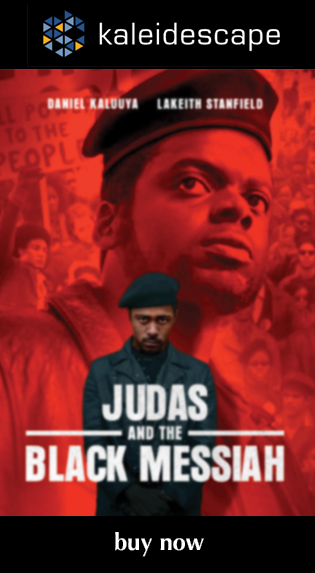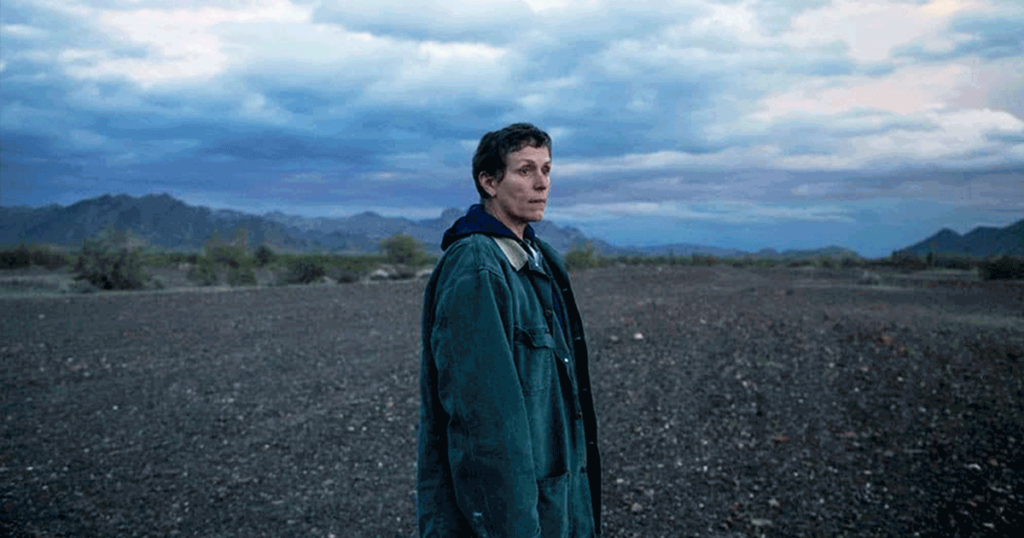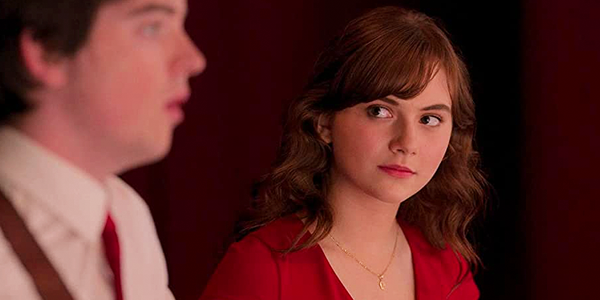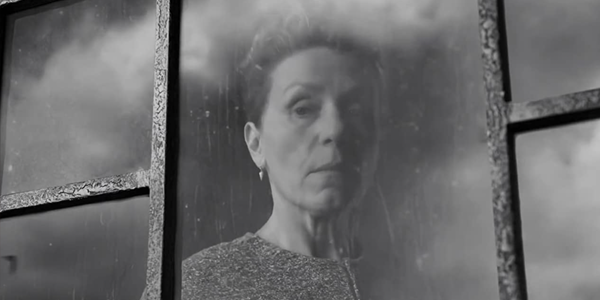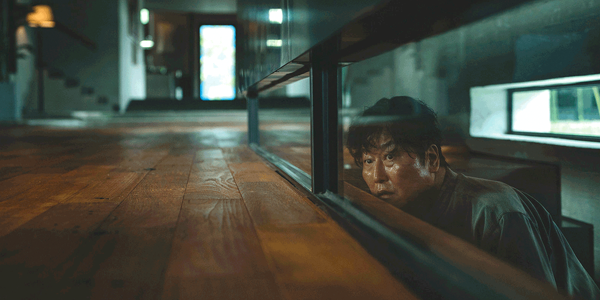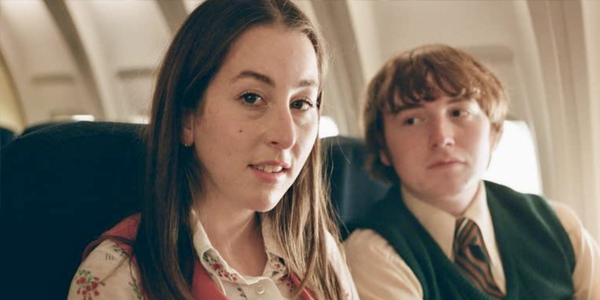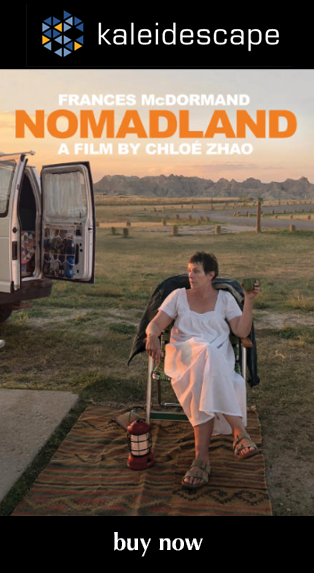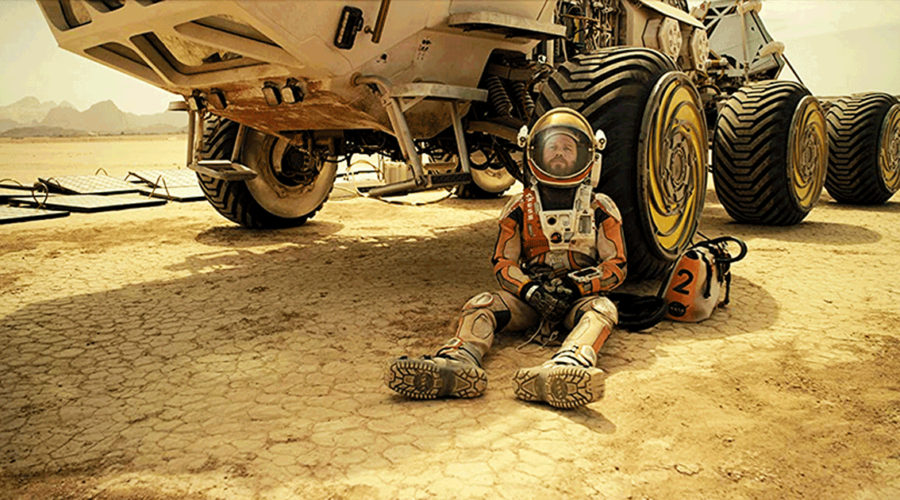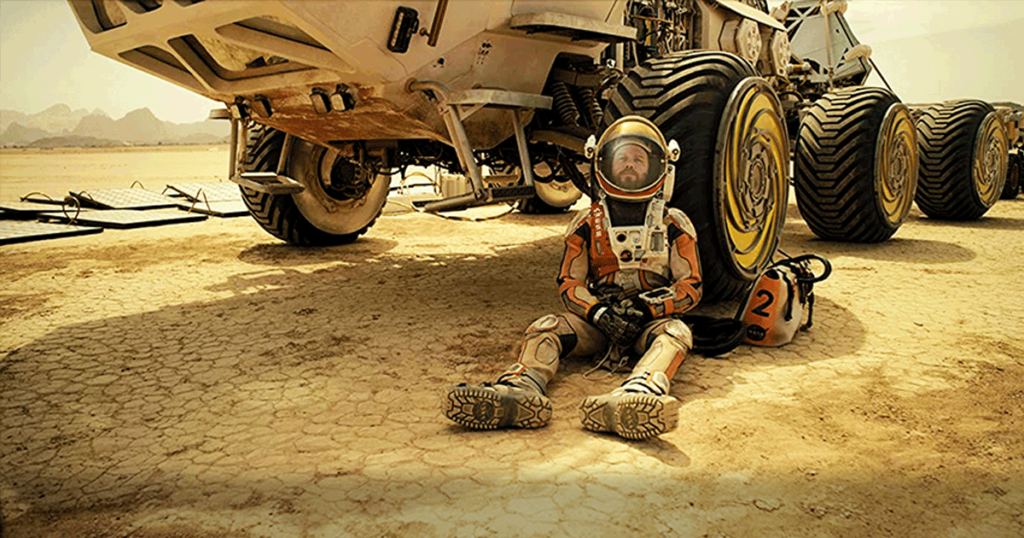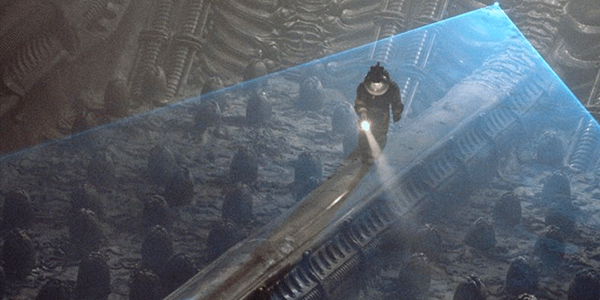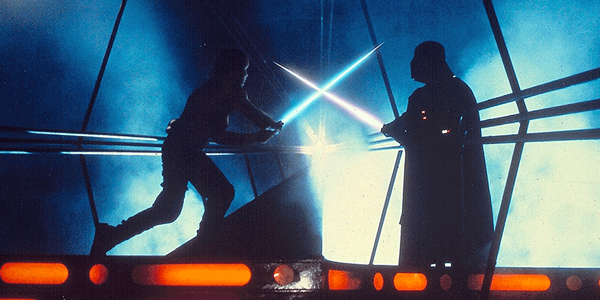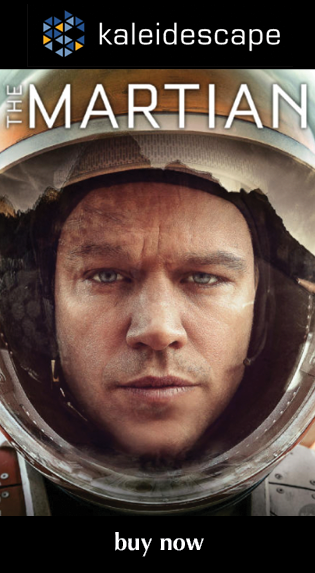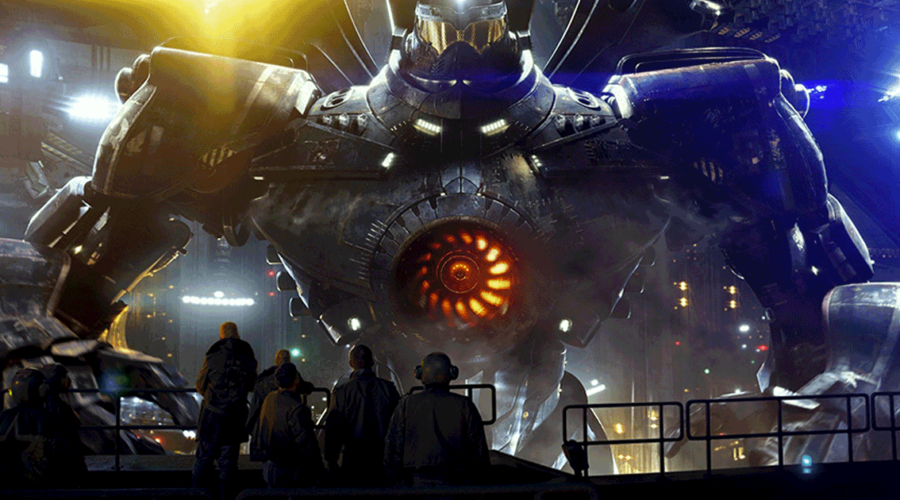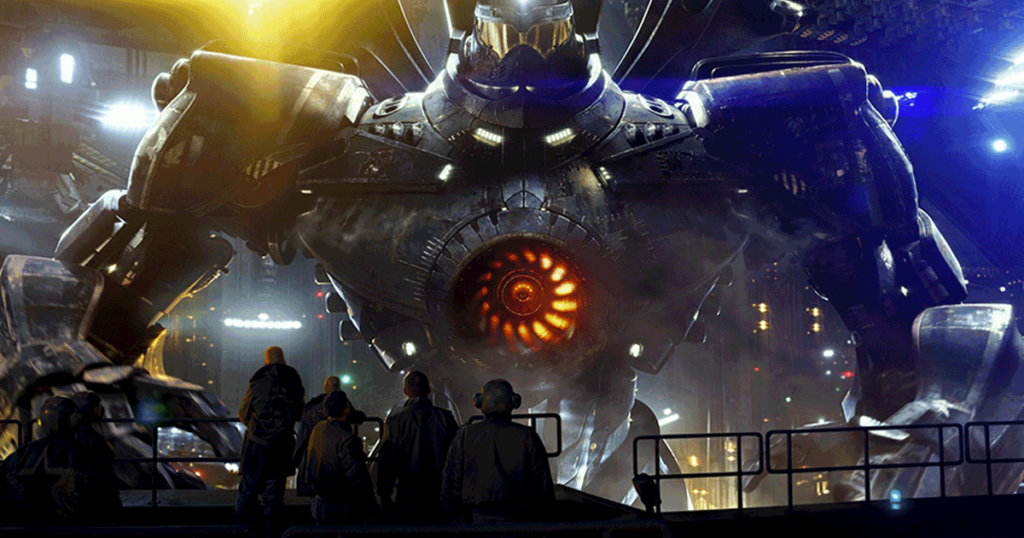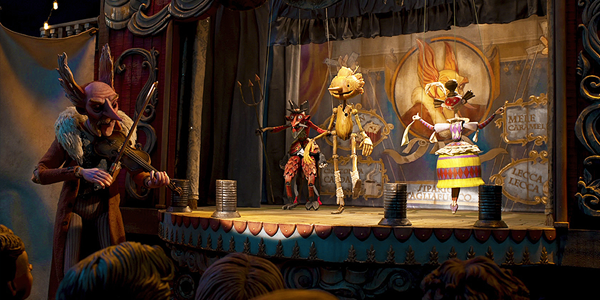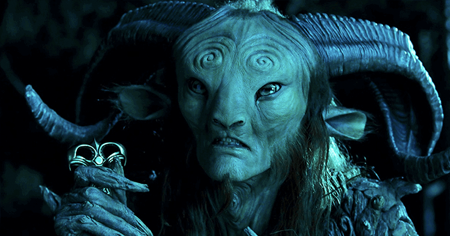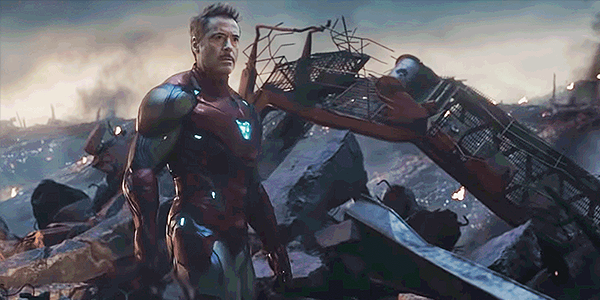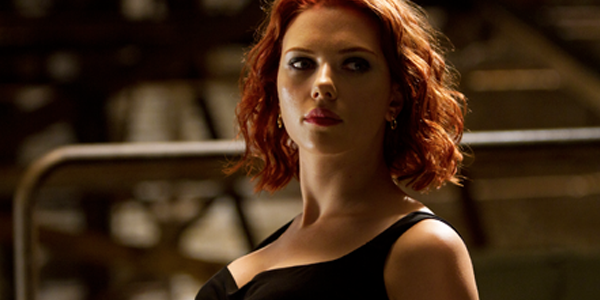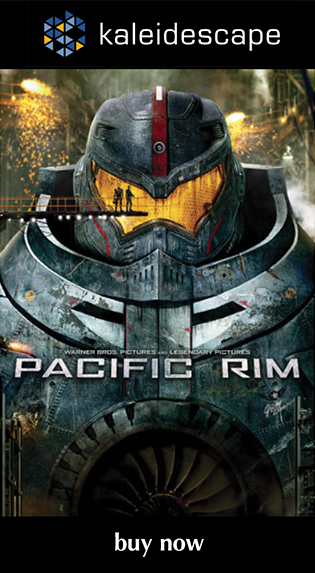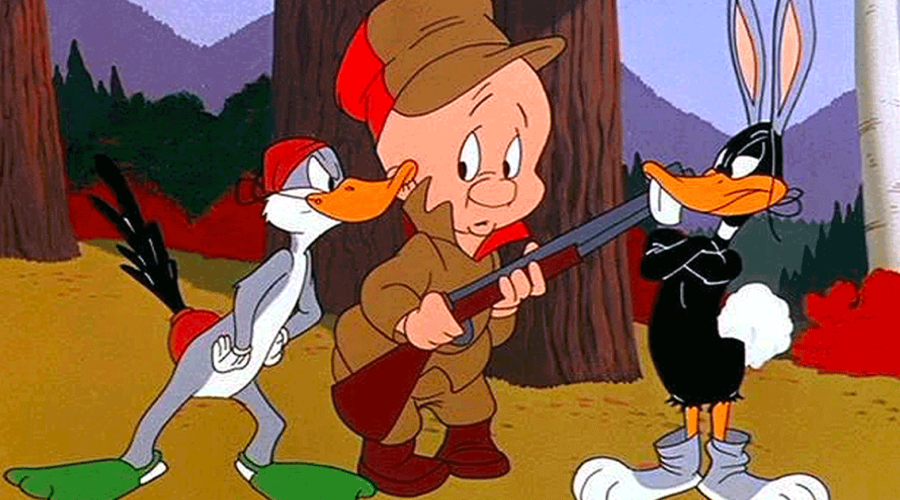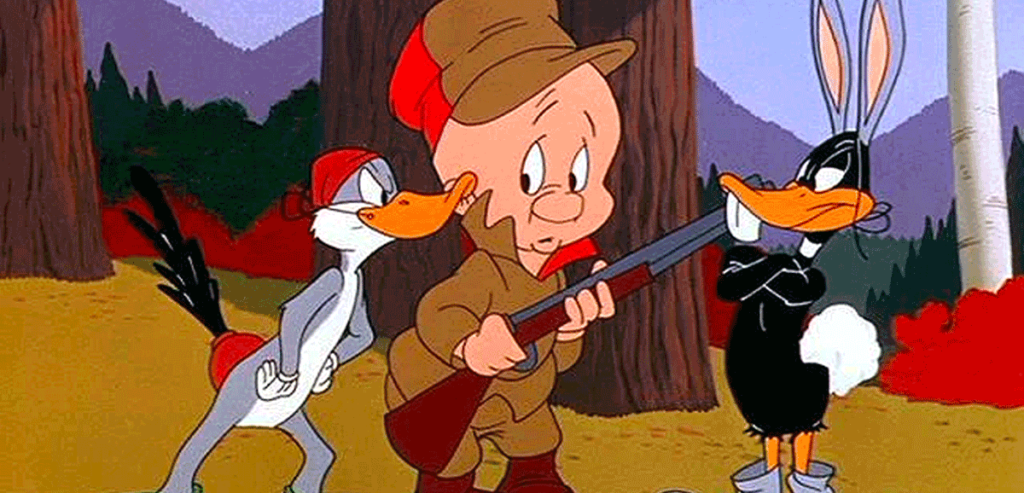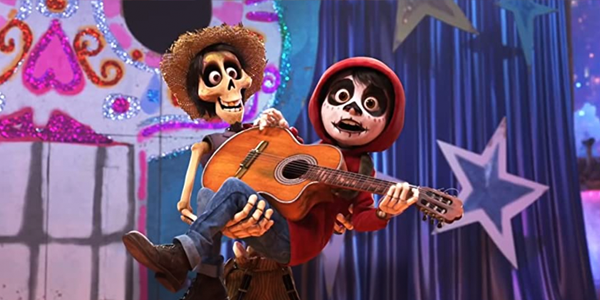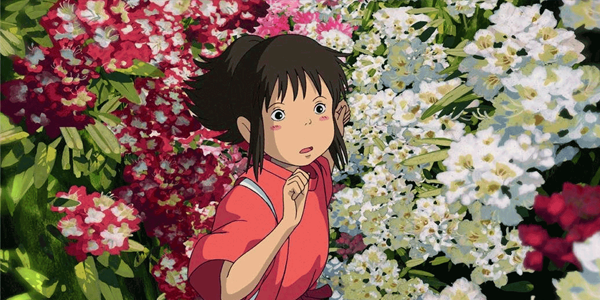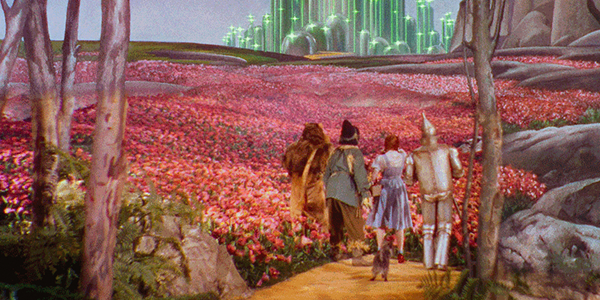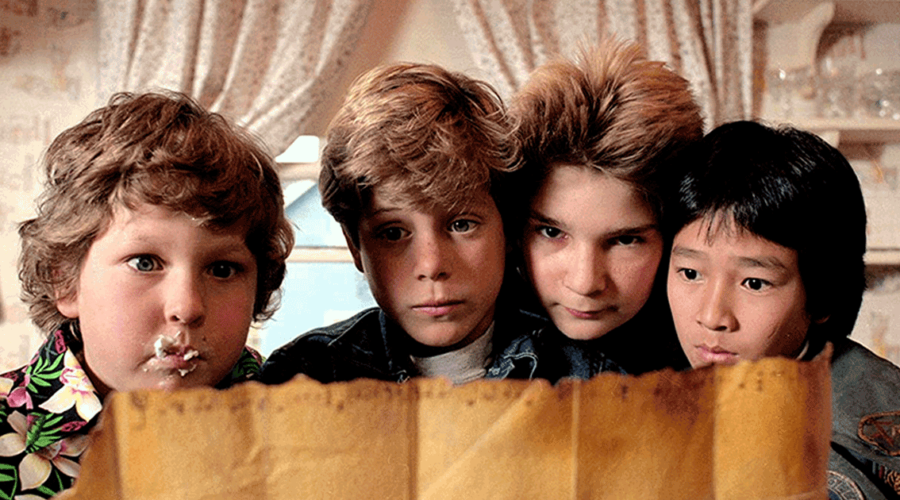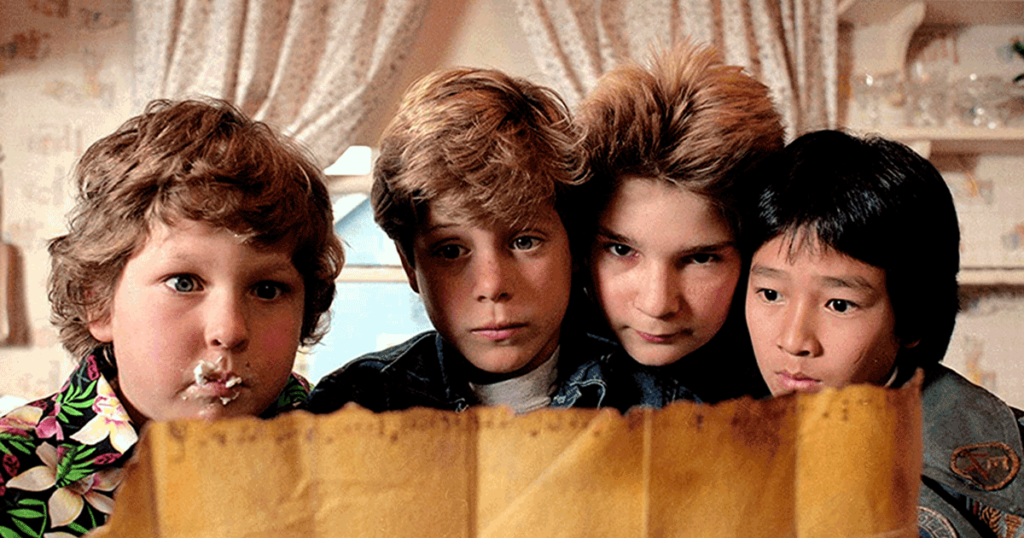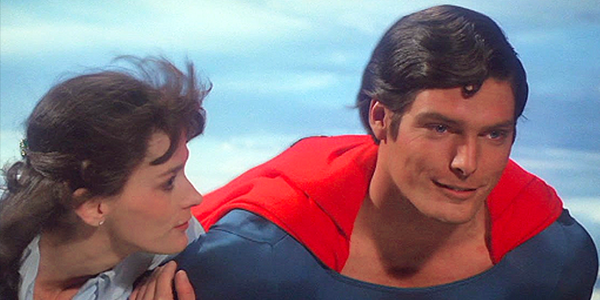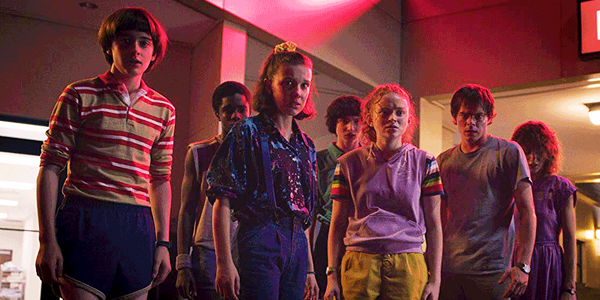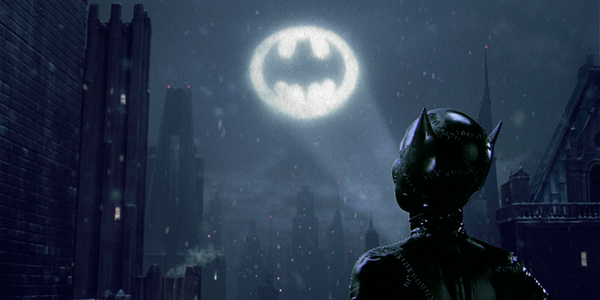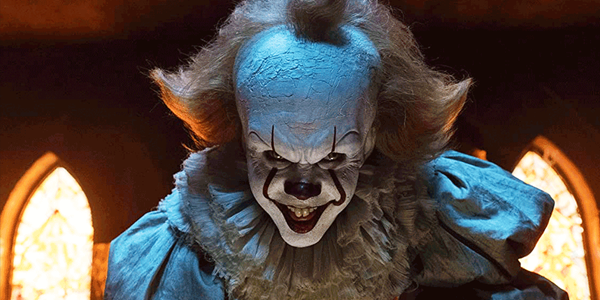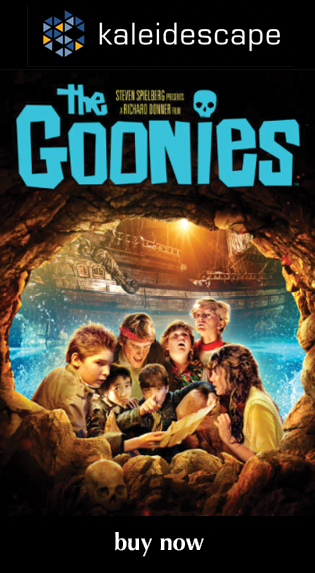Review: Ford v Ferrari
also on Cineluxe
Sign up for our monthly newsletter
to stay up to date on Cineluxe
This Oscar-nominated account of the Ford/Ferrari racing rivalry effectively puts you in the middle of the on-track action
by John Sciacca
updated August 5, 2023
The old adage “fact is stranger than fiction” applies more to crime dramas like CSI and Dateline, but in the case of Ford v Ferrari fact can be more fascinating than fiction. In the midst of one of its longest sales slumps in years, Ford is looking for a way to re-energize the brand and make its cars relevant to Baby Boomers, who are coming of age and looking for something more exciting to drive. Lee Iacocca’s (Jon Bernthal) solution is to tie the Ford name to winning, specifically at the grueling 24 Hours of Le Mans where Ferrari has long ruled, including a string of six wins in a row. When Ford’s bid to purchase Ferrari is rudely rebuffed by “il Commendatore” Enzo Ferrari (Remo Girone), Henry Ford II (Tracy Letts) decides to go all-in on winning Le Mans, spending whatever it takes, and hiring the top race-car designer Carroll Shelby (Matt Damon) to put together a car and team helmed by veteran British driver Ken Miles (Christian Bale).
If you avoided FvF during its theatrical run because you’re not a car lover or a racing fan, rest assured this film still offers plenty to keep you engaged through its just over 2½-hour runtime. Watching history unfold with a story not many outside the auto or race industry are familiar with is interesting enough, but the dynamic between Shelby and Miles is what really makes the film engaging.
Shot in ArriRaw at 4.5K resolution, FvF is taken from a 4K digital intermediate; and the movie looks terrific, with tons of detail and texture in every scene. The images aren’t overly enhanced with unnatural sharpness but use every pixel for truly high-resolution visuals that bristle with detail. An early scene has Bale working on a car wearing a shirt with a tiny and tight check pattern that reveals every fine square. Closeups show every pore and line in actors’ faces, and the paint jobs on the cars have a glossy, liquid sheen. You can also appreciate the various textures in different suit and shirt fabrics and interiors.
Many of the scenes are shot outdoors, and the day scenes frequently have the sky in that certain shade of powder blue that reveals a bit of digital noise, but this just gives the images a more film-like quality. While HDR isn’t used aggressively, it does provide wonderful shadow detail, adding depth and dimension. Night race scenes benefit in the form of deep blacks while still showing bright headlights. And I’m not sure that the Ferrari’s rosso corsa color actually pushes the boundaries of the wider color gamut but it does pop off the screen.
Beyond these visual qualities, it is the director James Mangold’s (Logan, 3:10 to Yuma, Walk the Line) dynamic filming style, angles, and editing of the racing scenes that make FvF so exhilarating. I frequently had to remind myself I was supposed to be reviewing the film instead of just enjoying it in order to pull myself back from the engaging images and story to take note. The race scenes pull you in with various perspectives, from driver view, to low follow, to over the shoulder, to tight on the drivers. You can feel the tension and stress both the racers and the cars are going through as they click through the “eight-and-a-half miles of country roads for 24 hours” at Le Mans.
As good as the images are, race cars are the soul of this movie, and it’s the vehicles’ dialogue through their engine sounds that pulls you into the action. From the opening shots—even before the production credits have finished – there is a swirl of cars racing all around the you with race announcers in different languages filling the room. The crash and bang as they shift up through gears, the throaty room-filling bass of the natural aspirated engines revving up to red line, the cars braking late and hard into a corner—the audio puts you right in the car and sounds fantastic.
Frustratingly, 21st Century Fox refuses to provide Kaleidescape with the Dolby Atmos soundtrack so the download was limited to the 5.1-channel DTS-HD, but that still does an admirable job of putting you square in the action, and the Atmos upmixer provides a nice sense of immersion. Even non-race scenes are filled with ambience, from the sounds of mechanics working, to the echoey expanse of the Ford factory, to the spaciousness of the outside world. My only quibble with the audio was that dialogue—especially Bale’s—was occasionally difficult to understand. I don’t know whether this was due to the noise of the racing drowning out the voices, or just the heavy accent Bale used for Miles.
Ford v Ferrari is an entertaining and dynamic film that looks and sounds fantastic in a luxury home cinema, and one that should be on the very shortlist for your next movie night.
Probably the most experienced writer on custom installation in the industry, John Sciacca is co-owner of Custom Theater & Audio in Murrells Inlet, South Carolina, & is known for his writing for such publications as Residential Systems and Sound & Vision. Follow him on Twitter at @SciaccaTweets and at johnsciacca.com.
© 2023 Cineluxe LLC
